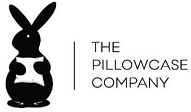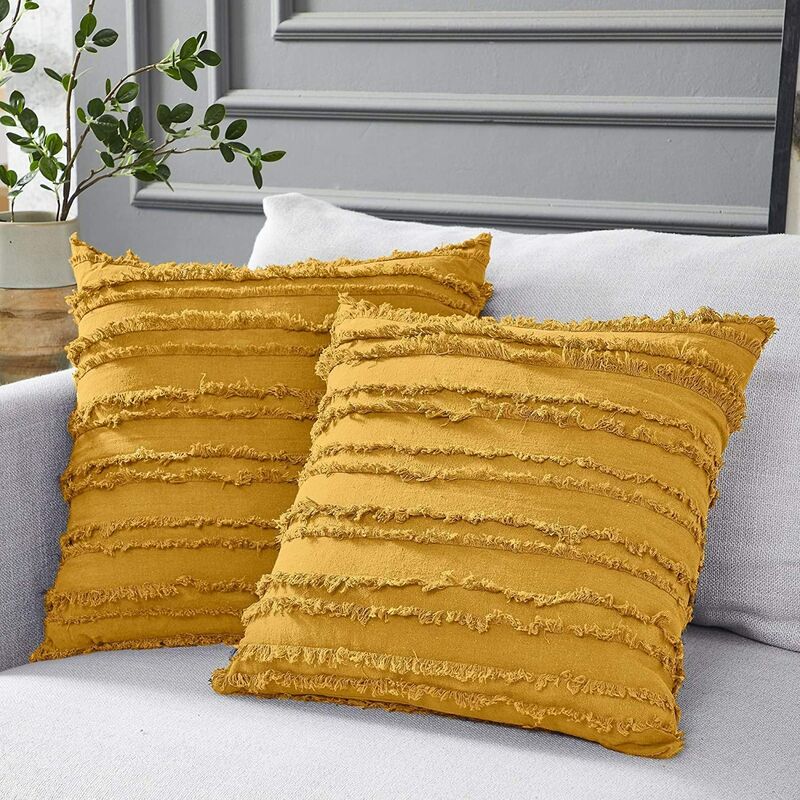Introduction: When it comes to creating a comfortable and inviting sleeping space, the pillowcase fabric you choose can make all the difference. The options are vast, ranging from opulent materials like silk and satin to more practical choices like cotton and microfiber. In this blog, we’ll delve into the world of pillowcase fabrics, exploring their unique qualities, feel, maintenance needs, and benefits. By the end, you’ll have a better understanding of which fabric aligns best with your comfort preferences and lifestyle.
1. Silk: The Epitome of Luxury Silk pillowcases are often associated with luxury and indulgence. They offer a sumptuous and smooth texture that’s gentle on both skin and hair. Here are the pros and cons:
Pros:
- Ultimate Comfort: Silk’s natural properties regulate temperature, keeping you cool in summer and warm in winter.
- Hair and Skin Benefits: Silk minimizes friction, reducing hair breakage and preventing sleep lines on your skin.
- Hypoallergenic: Silk is resistant to dust mites and allergens, making it an excellent choice for allergy sufferers.
Cons:
- Cost: Silk pillowcases are typically more expensive than other options.
- Delicate Care: They require careful maintenance, including hand washing and avoiding direct sunlight.
2. Satin: A Glossy Elegance Satin pillowcases are often confused with silk due to their smooth appearance. However, satin refers to a weave pattern, not a fabric type. Satin pillowcases can be made from materials like polyester, silk, or nylon. Here’s what you need to know:
Pros:
- Soft and Smooth: Satin’s surface reduces friction on hair and skin, promoting healthier hair and fewer wrinkles.
- Lustrous Appearance: Satin pillowcases add a touch of elegance to your bedding.
Cons:
- Durability: Polyester satin may not be as durable as silk.
- Heat Retention: Some satin fabrics may not be as breathable as other options.
3. Cotton: Classic Comfort Cotton pillowcases are beloved for their versatility and comfort. They come in various thread counts, influencing their softness and durability. Let’s weigh the pros and cons:
Pros:
- Breathable: Cotton is highly breathable, allowing for better airflow and temperature regulation.
- Variety: Available in different thread counts, allowing you to choose the level of softness and durability.
- Ease of Care: Cotton pillowcases are machine washable and become softer with each wash.
Cons:
- Wrinkling: Cotton pillowcases are more prone to wrinkles compared to silk or satin.
- Friction: Cotton may create more friction on hair, potentially leading to tangles and breakage.
4. Microfiber: Practical Performance Microfiber pillowcases are known for their affordability and easy maintenance. They are made from finely woven synthetic fibers. Here’s the breakdown:
Pros:
- Affordability: Microfiber pillowcases offer a budget-friendly option without sacrificing comfort.
- Easy Care: They are machine washable and resistant to wrinkles and fading.
- Hypoallergenic: Microfiber is naturally hypoallergenic, making it suitable for allergy sufferers.
Cons:
- Less Luxurious: Microfiber may not have the same luxurious feel as silk or satin.
- Temperature Regulation: While breathable, microfiber may not regulate temperature as effectively as natural fibers.
Conclusion: The choice between luxurious and practical pillowcase fabrics ultimately boils down to your personal comfort preferences and lifestyle. Silk and satin offer opulence and hair/skin benefits but require more delicate care. Cotton provides classic comfort and breathability but may wrinkle more easily. Microfiber balances affordability and ease of care, making it a practical choice for many. Whichever fabric you choose, remember that quality sleep is essential for overall well-being, and selecting the right pillowcase can contribute to that comfort.


